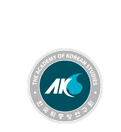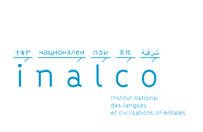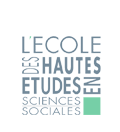ISBN 978 2 7022 1054 3
A la fin des années soixante, LEE Ufan a été l’un des acteurs du mouvement japonais Mono-ha, proche de l’Arte Povera italien et du minimalisme américain. Cet essai tente de comprendre comment l’artiste, qui minimise ses interventions, cherche résolument les moyens d’accueillir « le monde tel qu’il est ».
Okyang CHAE-DUPORGE Docteure en histoire de l’art (Université Paris IV-Sorbonne) et historienne de l’art. Elle est enseignante à l’INALCO (Institut national des langues et civilisations orientales, Paris) Elle est notamment coauteure du livre Trésors de Corée – Bulguksa et Seokguram publié aux Éditions Cercle d’Art en 2016.
Traduction anglaise « LEE UFAN. Untouched Space » par Rachel ZERNER, Éditions Cercle d’Art, March 2017, 280 pages, ISBN 978 2 7022 1059 8.
The South-Korean born artist LEE Ufan made a risky wager early in his career, introducing « non-action » into his work. This notion, which recalls traditional Asian values, simultaneously echoes the quest of Post-Modernist art. During the 1960s, he contributed to shaping Mono-ha, a Japanese movement similar to Italy’s Arte Povera and American Minimalism. This volume seeks to understand how the artist, who has espoused minimizing intervention since he began making art, attempts to receive « the world as it is ».
Okyang CHAE-DUPORGE PhD in the history of art (Paris-Sorbonne University) and art historian. Lecturer at the Institut National des Langues et Civilizations Orientales in Paris (INALCO), she is also co-author of Trésors de Corée – Bulguksa et Seokguram published in 2016 by Éditions Cercle d’Art.







